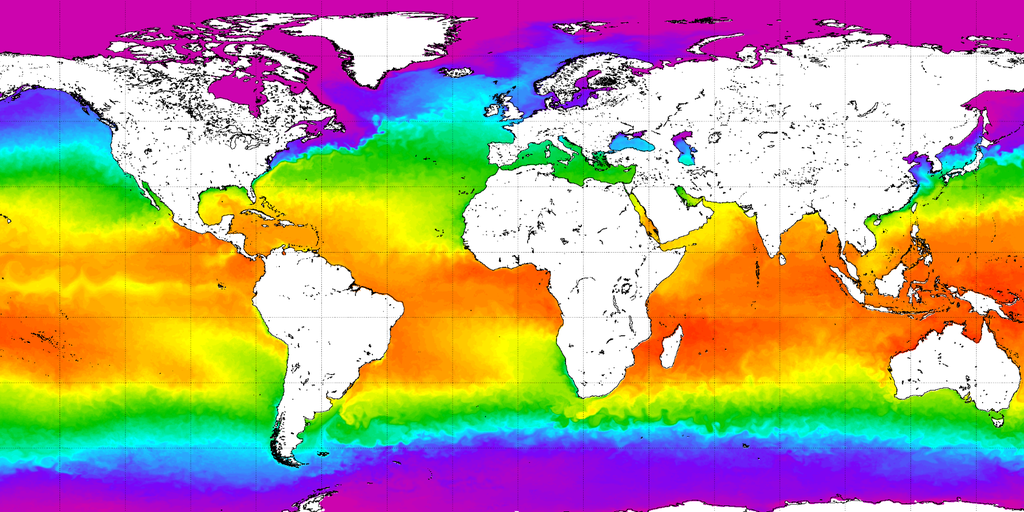The article discusses the influence of La Niña and El Niño on climate patterns in the United States, particularly in winter 2024-2025. La Niña typically leads to warmer southern U.S. temperatures, dry conditions in the West, and cold, stormy weather in the North. However, this season has shown atypical patterns, with average temperatures across much of the country, warmer conditions in the Southwest and Texas, and colder temperatures in the Mid-Atlantic and Southeast. Notably, areas like New Orleans and Pensacola received rare snowfall.
While El Niño usually brings snow to the Southeast, this year saw significant snowfall in areas like the Tennessee Valley and the Mid-Atlantic, with significant deficits in snow for the upper Midwest. California faced typical La Niña effects with dry conditions prompting wildfires, exacerbated by strong winds.
The future of La Niña is uncertain, raising questions about transitioning to neutral or El Niño conditions. While neutral events typically lead to fewer severe weather occurrences, this year has seen a tornado report deficit, suggesting an anomaly compared to historical averages. Overall, climate change appears to be altering traditional weather patterns associated with El Niño and La Niña, making predictions increasingly challenging. The Atlantic hurricane season remains uncertain, influenced by neutral conditions that could lead to variable storm activity.
Source link


